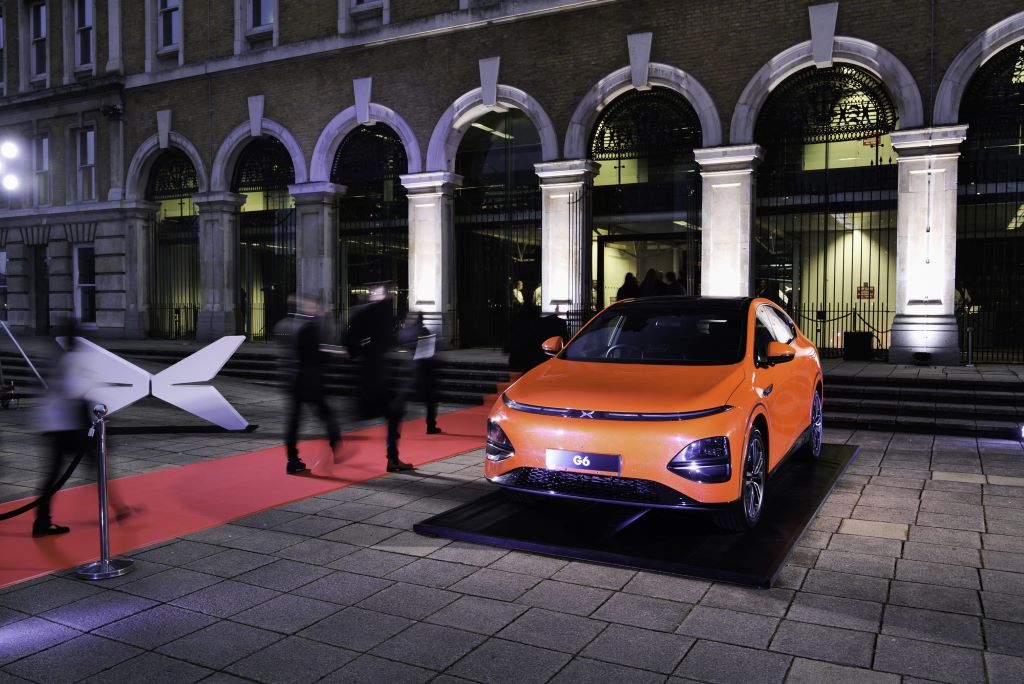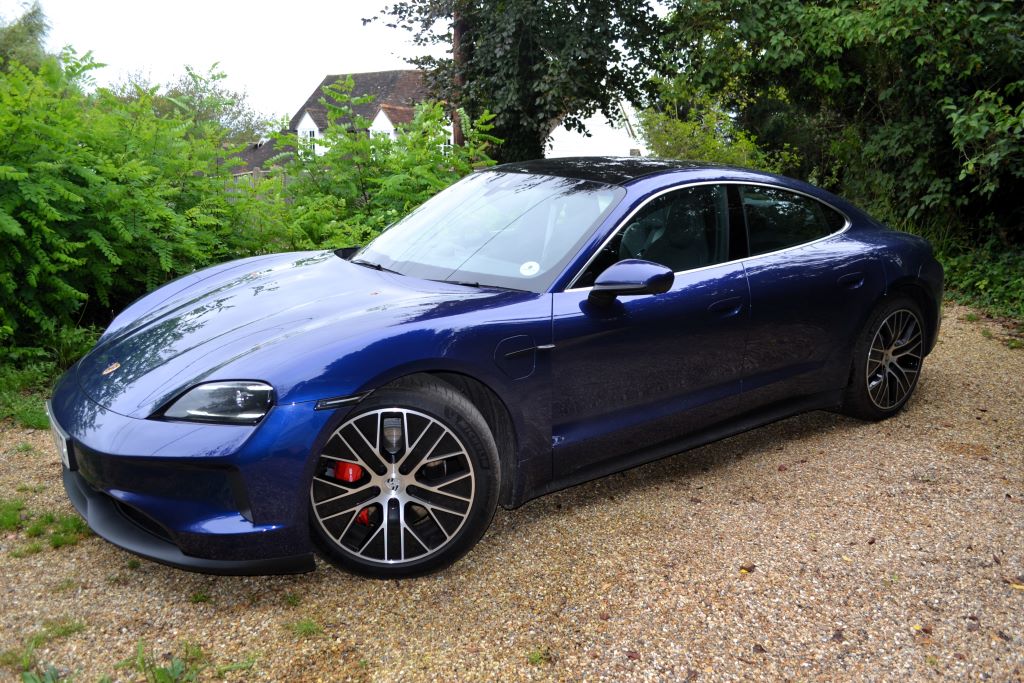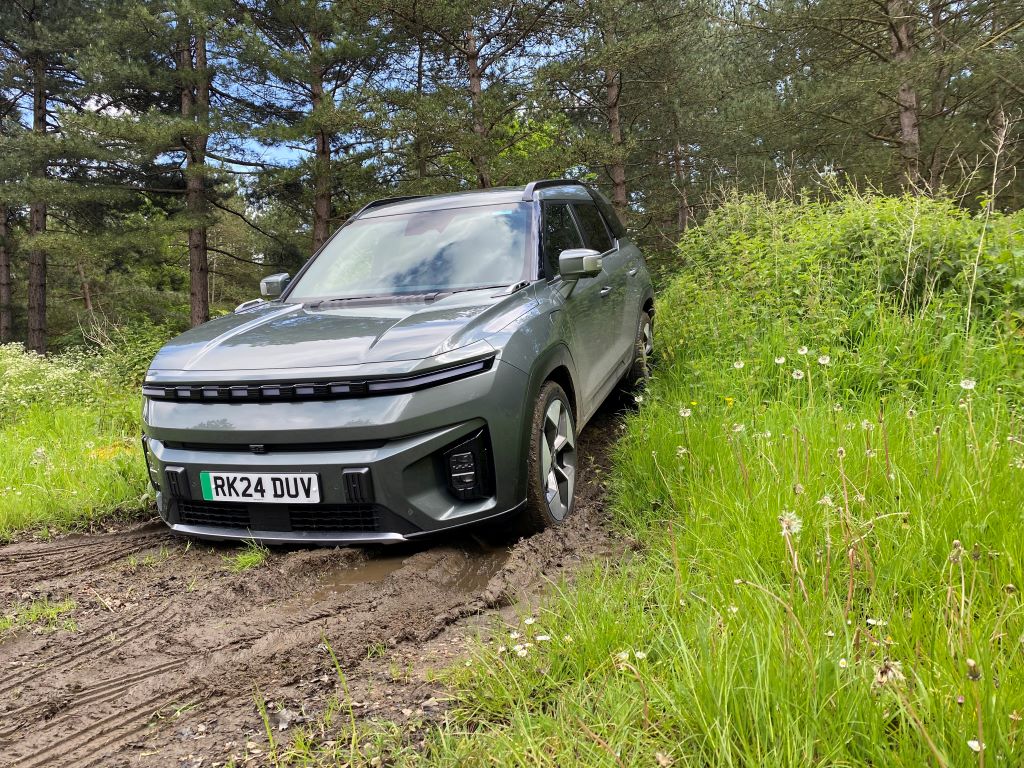Feature 4 min read
Revealed: The features that cause the biggest drain on an EV’s battery
It’s a talking point as old as viable EVs themselves, which in-car features cause the biggest drain on the battery besides actually driving. With new EVs coming ever-more laden with equipment, it’s a question that’s more pertinent than ever. Thankfully, Vanarama has crunched the numbers.
Vanarama undertook testing on three of the most popular EVs on the UK’s roads to establish which of the features had the biggest impact on range. A Hyundai Kona Electric, Volkswagen ID.3 and Tesla Model 3 were used in order to gain a rough figure for an ‘average’ EV – though obviously results will vary on other cars and in other circumstances.
The methodology was simple. Charge each car to 100 per cent and undertake some control testing, driving at 30mph to test battery drain, then at 70mph around a track to see the difference between town and motorway driving. Vanarama tested the following functions: Heating, demister, sat-nav, windscreen wipers, heated seats and air conditioning. Each feature was turned to the max for consistency and features were tested individually to ensure further consistency in the testing.
Results
Across the three cars, the average battery drain is 68 per cent more at 70mph than it is at 30mph, showing just how well suited EVs are to everyday, urban and extra-urban driving. The VW ID.3 was the most efficient at speed with 64 per cent more battery drain at 70mph, whilst the Hyundai Kona lost out with a figure of 75 per cent. The Tesla was in the middle at 66 per cent.
Heating: Turning the heating on in each car was the most energy-intense feature in the testing, increasing drain speed by 17 per cent on average. The VW was worst in this test, with drain speed increasing 30 per cent compared to the Tesla’s six per cent. The Hyundai saw a 16 per cent increase in battery drain speed.
Air conditioning: On the flip side, air conditioning was far less draining in all cases, increasing drain speed by 11 per cent on average. Again, the VW ID.3 scored worst with an increase of 25 per cent, whilst both the Tesla and Hyundai achieved the same single digit figure of 4 per cent.
Windscreen wipers and demister: Next up spells potentially bad news for many of us in the UK where cold, damp days that cause the windscreen to mist up are the norm in winter. Windscreen wipers will increase battery drain speed by up to 15 per cent whilst the demister will up it by 12 per cent on average. The ID.3 was once again the loser here, achieving 34 per cent greater drain with windscreen wipers on and 16 per cent with the demister blowing. Conversely, the Hyundai only saw a two per cent increase with wipers and 13 per cent with the demister, whilst the Tesla saw a 10 per cent and 7 per cent increase in battery drain speed respectively.
Heated seats: Throw heated seats into the mix and you can expect to see battery drain speed go up by 15 per cent on average, with 6 per cent observed in the Tesla and 24 per cent measured in the VW. The Hyundai on test didn’t have this feature.
Satellite Navigation: Sat nav is the least draining of the features tested on average, sapping just 5 per cent more juice on average whilst in use. In the Kona, the figure was a paltry 1 per cent whilst the Tesla was only slightly worse at 2 per cent. The ID.3 once again proved power-hungry, with 13 per cent registered when the sat-nav was in use.
Conclusions
We’ve known that some features drain the battery faster than others for years, but these figures provide an interesting look into the extent to which they do so and therefore how best to preserve power and range in an EV. Cold, damp days are the enemy of range in an EV, but by pre-conditioning the cabin whilst plugged in and using heated seats rather than the cabin heater whilst on the move, the impact is reduced. This should deal with the worst of the windscreen condensation, too.
On hot days, using the air conditioning to cool the car down is – thankfully – not as big a deal as using the heater to warm it up on a cool day, but setting the temperature somewhere above absolute zero should reduce the load on the system.
Fundamentally, the message is to drop a bit of speed whilst on the motorway, and minimise high-speed driving, to maximise range. EVs are far more efficient at lower speeds and also benefit from a driving style that favours observation and anticipation where regenerative braking is used instead of the brakes.
What surprised us is that the newest car in the test – the ID.3 – was the hungriest for power when using on-board features, but the most efficient at speed with none of them engaged. We’d have expected better, but the beauty of EVs is that improvements will be made through over-the-air updates so you can bet that if VW sees an issue, it’ll already be working on a fix.










1024px.jpg)



Comments (0)
Be the first to write a comment
Login/ Signup